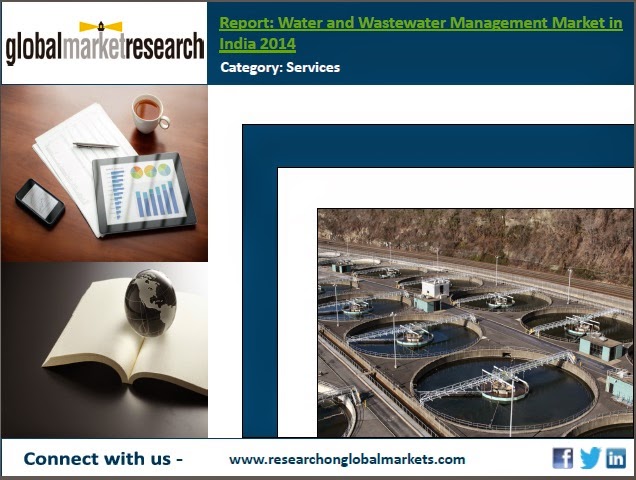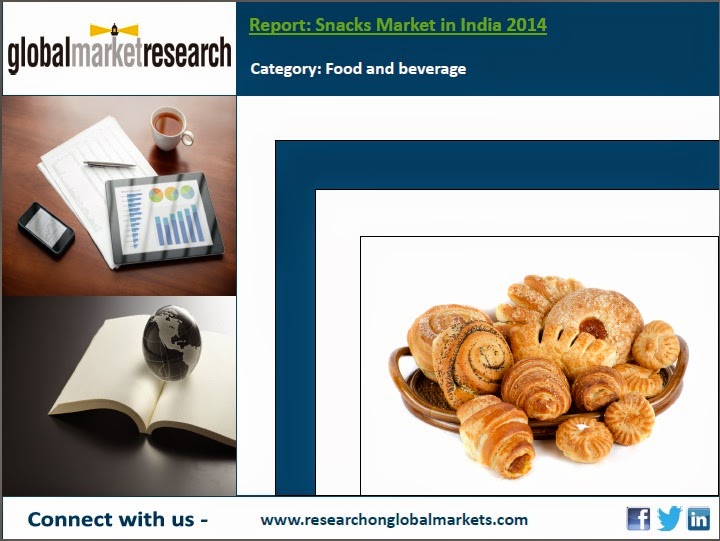Netscribes latest market research report titled Dairy Market in India 2014 covers a wide spectrum of concerns in the dairy industry and identifies several factors impacting the sale of dairy products in India. The report provides a snapshot of the Indian dairy industry which has witnessed several changes post Operation Flood era. Dairy sector witnessed spectacular growth during 1971 and 1996 primarily due to integrated cooperative dairy development programmes conducted by the National Dairy Development Board (NDDB). Moreover, after 1991, due to liberalization and delicensing, private sector also started entering the market, which further accelerated its growth. The report also discusses the opportunities and strengths of the dairy market, and provides an insight into the competitive landscape. Major players of the Indian dairy market include Gujarat Cooperative Milk Marketing Federation (Amul), Mother Dairy, Nestle India, Britannia Industries, Hatsun Agro and Heritage Foods, among others. In addition to this, a number of regional players have also entered the market in the past few years, thereby making the market more competitive in nature.
In India, cooperatives hold a large
share of the organized dairy market, although some small regional entities have
managed to secure their presence in recent years. With the rise in disposable
incomes of Indian consumers, there has been heightened interest in high protein
diets. With entities paying attention to this segment, the sector is set to
grow further over the years. Rapid urbanization and subsequent inclination of
consumers towards packaged food products as well as aggressive marketing
campaigns by all the players to break the product clutter are other eminent
factors that have led to considerable growth in this sector. The report also
identifies a few pain points within the industry that pose obstacles to future
growth, including poor supply chain, inefficient distribution facility and rise
in packaging costs.
For dairy products, quality
standards laid by FSSAI have to be followed by the industry players. Various
government policies that have been formulated for the food processing sector
such as FDI, tax benefits and export promotions are applicable to the dairy
category as well.
Coverage
* Overview of the dairy market in
India and historical and forecasted market size data over 2012 to 2020
* Segmentation of the dairy market
and value chain analysis
* Export-import overview of dairy,
value and volume of export-import over 2010-11 to 2012-13 and country-wise
value of export-import for 2013
* Qualitative analysis of market
drivers, challenges, trends and regulatory measures taken by the government
* Overview of the various industry
bodies and their responsibilities
* Consumer insights on dairy
products
* Analysis of the competitive
landscape and detailed profiles of major players
Why Buy
* Gain a complete picture of the
historic development, current market situation and future growth potential of
the dairy market in India till 2020
* Plan and develop key partnering
prospects
* Strategize marketing,
market-entry, market expansion, and other business plans by understanding
factors influencing growth in the market and purchase decisions of buyers
* Understand your competitor’s business
structures, strategies and prospects, and respond accordingly
* Make more informed business
decisions with the help of insightful recommendations provided to succeed in
the dairy market in India
To order this report:
Email: support@researchonindia.com
US:
+1 800 986 6819
UK: +44 203 514 2363
India: +91 22 4098 7600
RELATED LINK:
RELATED VIDEO:





